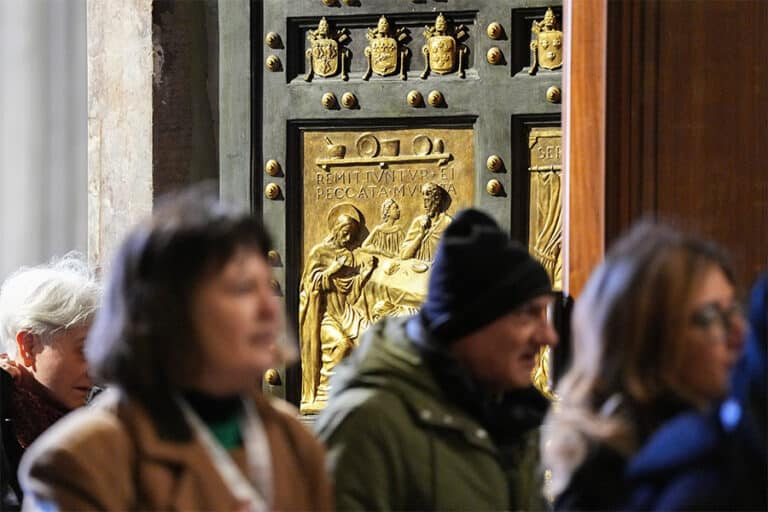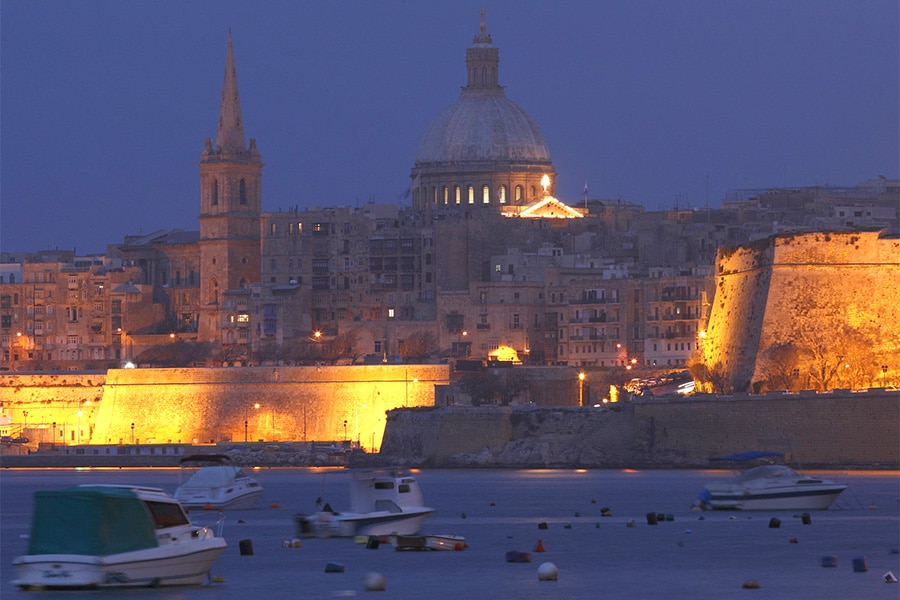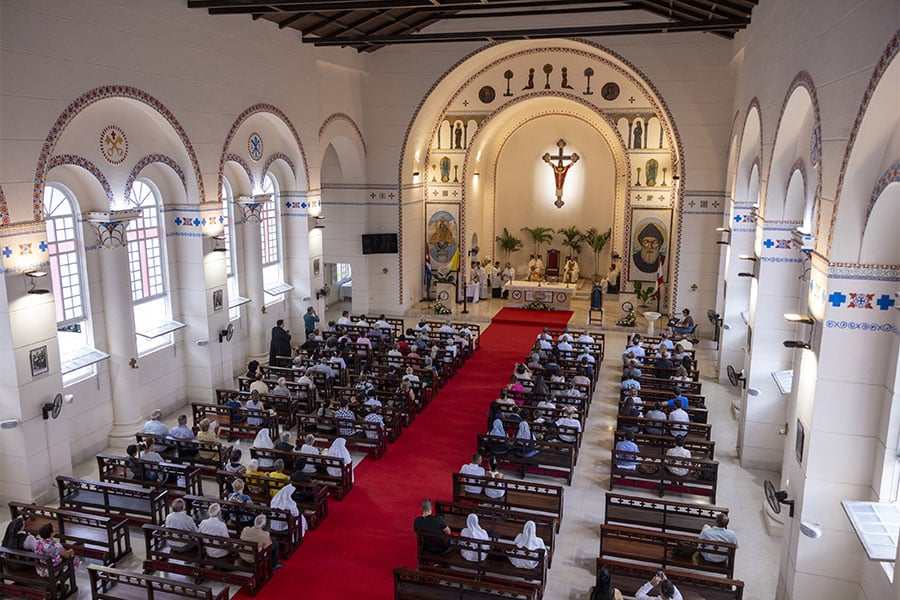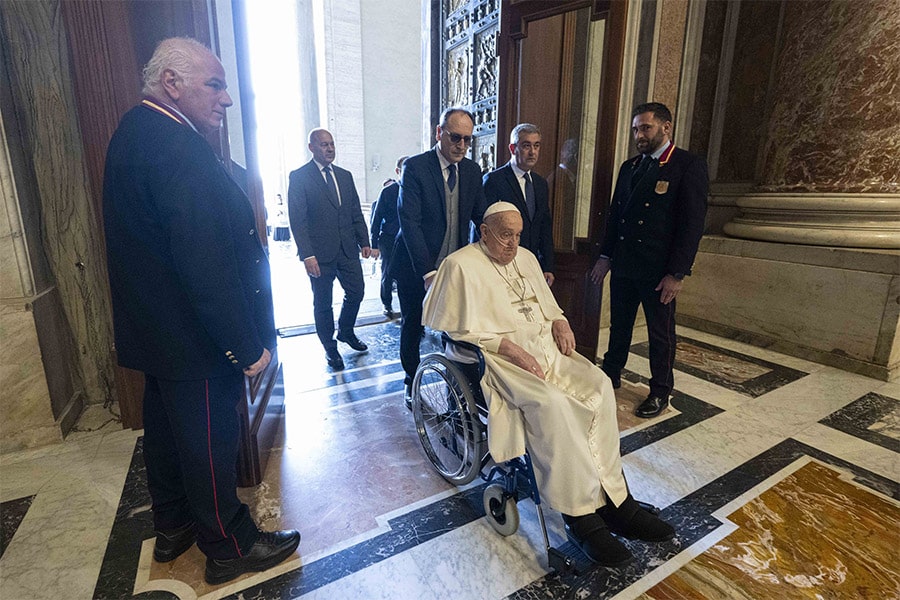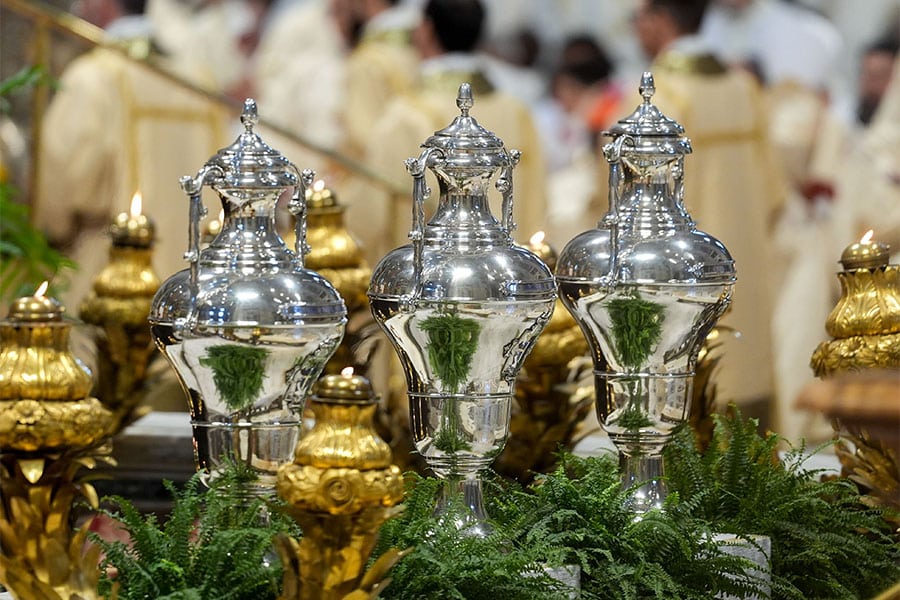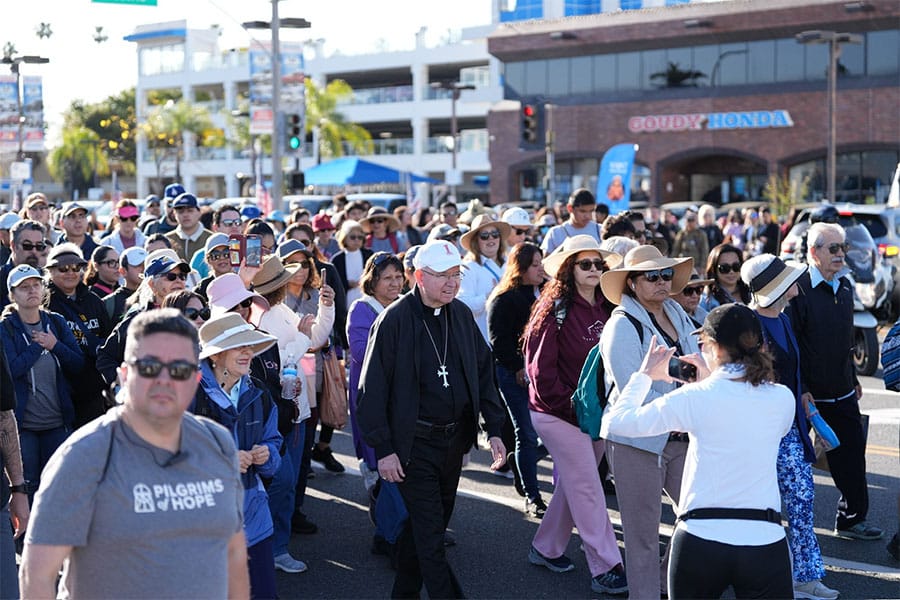The year 2025 has been declared by Pope Francis as a jubilee year. But what does that mean? What is a jubilee? How do we celebrate it?
The roots of a jubilee year are found in Scripture. As described in Leviticus 25, every 50th year was to be celebrated as a jubilee year in which all debt was forgiven, slaves were freed and their ancestral lands could be reclaimed.
This followed a cycle: seven years times seven years, for 49 years. Jubilees, as celebrated by the Israelites, were a sort of reset button. Some people had to sell their property due to debt and work the land for the new owner, essentially left in a form of slavery. However, every jubilee offered the opportunity for debt to be canceled and property to be returned.
In Isaiah 61, the prophet prophesies a Messianic jubilee. This was fulfilled by Jesus, which he proclaims in the fourth chapter of St. Luke’s Gospel. Christ is our Jubilee, who frees us from bondage to death, sin and the devil. Through him we are returned to our homeland, which is heaven, as part of God’s family.
In the year 1300, Pope Boniface VIII declared a jubilee in Rome. A plenary indulgence was granted to those who visited the Roman Basilicas of St. Peter and St. Paul, who were contrite and who confessed their sins.
Boniface VIII’s jubilee year turned out to be a wildly popular idea and pilgrims flocked to Rome. At first there were variations to the schedule by which they were observed. The original idea was every 100 years, but sometimes it was 33 years or some other number. Eventually it was settled to celebrate jubilees every quarter century, as proclaimed by Pope Paul II in 1470.
In 1500, all four major basilicas — St. Peter, St. Paul Outside the Walls, St. Mary Major and St. John Lateran — in Rome opened up Holy Doors for the Jubilee year. Entering through the Holy Doors, otherwise sealed outside the jubilees, was the traditional way to make the pilgrimage. Occasionally, popes have declared extraordinary jubilee years for special reasons.
To inaugurate the 2025 jubilee, Pope Francis has issued the papal bull “Spes Non Confundit,” which means “hope does not disappoint.” The Jubilee Year began Dec. 24, 2024, and continues through Jan. 6, 2026. Holy Doors are open for the 2025 Jubilee only at the four Roman basilicas, with an additional Holy Door at a prison in Rome.
As the church celebrates the 2025th anniversary of Christ’s birth, the pope has drawn our attention to the theological virtue of hope. As a unique opportunity to encounter Christ, the pope expressed his desire to see this jubilee year as an opportunity to also proclaim Christ anew, and bring others to know the hope we find in Christ alone.
Noting how “hope is born of love and based on the love springing from the pierced heart of Jesus upon the cross,” (“Spes Non Confundit,” No. 3), the pope reiterates that the jubilee is an opportunity to respond to God’s call “to be tangible signs of hope for those of our brothers and sisters who experience hardships of any kind” (No. 10).
A key feature of this Jubilee Year, as with others in the past, is the various opportunities offered to the faithful to obtain jubilee plenary indulgences. This is in keeping with the scriptural understanding that a jubilee meant freedom from slavery and restoration to one’s family.
An indulgence is the remission of the temporal punishment of sin when the eternal punishment has already been forgiven in the sacrament of penance. It is not an automatic “get out of hell free” card. The faithful must be truly repentant and free from any affection for sin, moved by the spirit of charity, purified through the sacrament of penance, refreshed by holy Communion, and pray for the intentions of the pope. Indulgences can be applied as suffrages for the souls in purgatory.
There are three ways to gain this indulgence. First, undertake a pilgrimage to a major basilica in Rome. While there, participate in some form of worship or prayer, such as Mass, Stations of the Cross or the rosary. Second, if that is not possible, there are other designated basilicas and shrines one can visit. Each diocese can choose its cathedral and other churches as pilgrimage sites. There are a variety of specific opportunities to obtain indulgences in this jubilee year through pilgrimage, prayer, or specific penances or works of charity and mercy.
Additionally, for this jubilee, a Catholic can gain a second plenary indulgence each day for the poor souls in purgatory by carrying out an act of charity. The usual conditions apply, including receiving holy Communion in the context of Mass a second time that day. This is a very unusual concession on the part of the Holy Father.
Therefore, everyone can participate in and benefit from the jubilee this Holy Year 2025. Check out what your local diocese is doing and where the pilgrimage sites are in your area. Make this year a truly holy year of abundant grace in your life.
Read More Jubilee 2025
Copyright © 2025 OSV News

